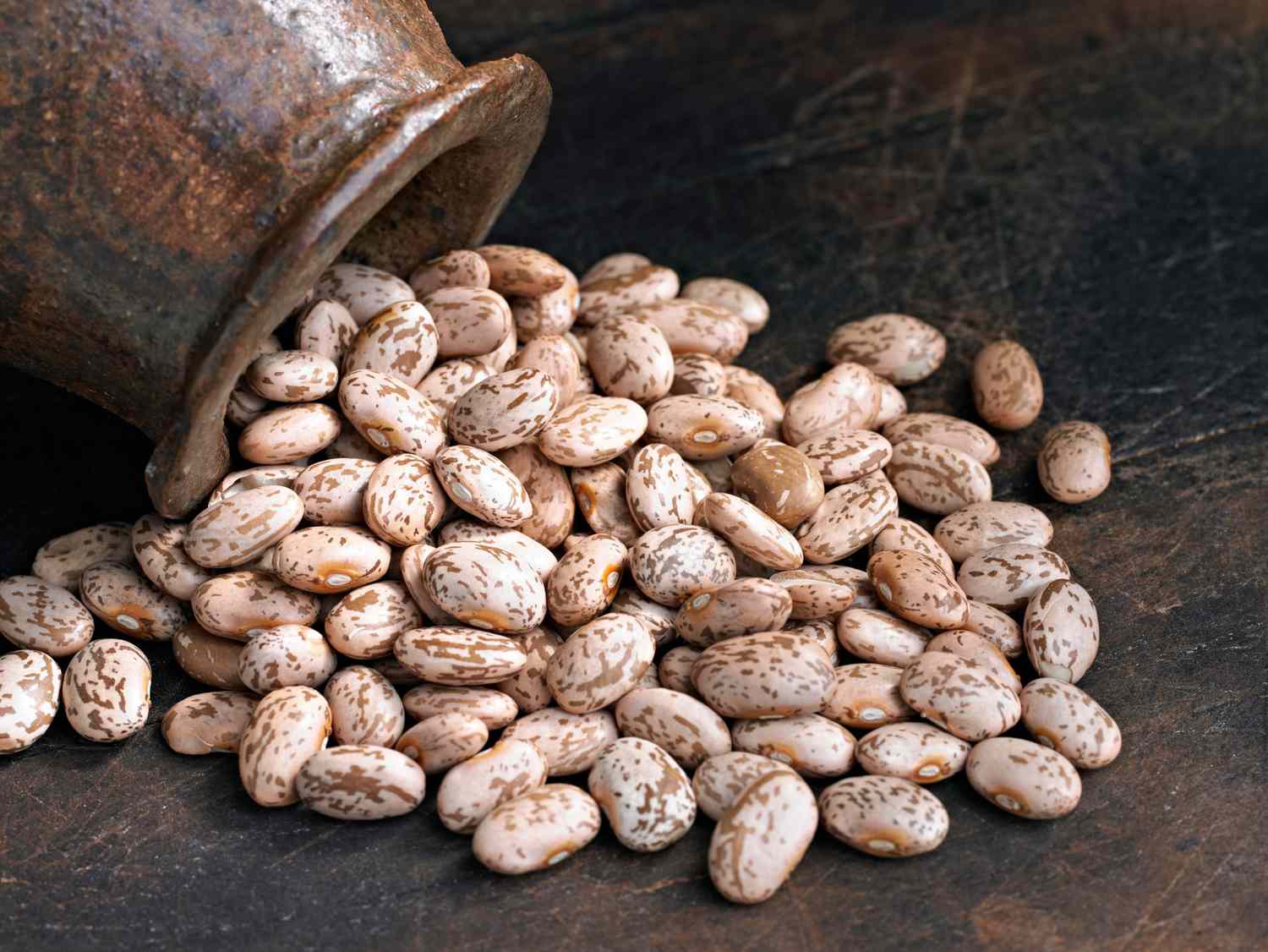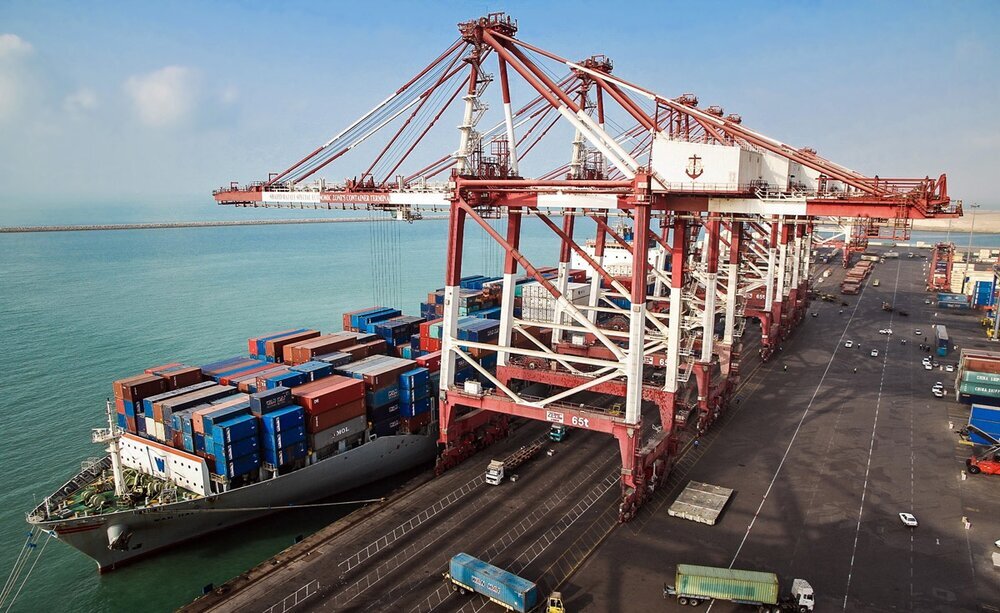Categories
The latest content
-

Customs Clearance & Import Regulations for Bulk Iranian Pinto Beans in EU, Middle East & Africa
..
-

Quality Control & Laboratory Testing Standards for Iranian Pinto Beans
..
-

Logistics & Shipping Solutions for Bulk Iranian Pinto Bean Exports
..
-

Minimum Order Quantity (MOQ) & Bulk Pricing for Iranian Pinto Bean Buyers
..

Tags
The Role of Rajaei Port in Iran’s Logistics Operations

Rajaei Port, located in the southern region of Iran along the Persian Gulf, serves as the country’s most significant maritime gateway for international trade and logistics. As the largest and busiest port in Iran, it plays a crucial role in the nation’s supply chain, handling a substantial volume of cargo, including containerized goods, bulk shipments, and liquid petroleum products.
Strategic Location & Connectivity
Situated near the Strait of Hormuz, one of the world's most critical maritime chokepoints, Rajaei Port provides direct access to global trade routes. This strategic location enables Iran to facilitate imports and exports with key international markets, including China, India, and Europe. Additionally, the port is well-connected to Iran’s extensive road and rail network, ensuring efficient inland transportation to major industrial hubs and neighboring countries.
Advanced Infrastructure & Capacity
The port boasts modern infrastructure with state-of-the-art cargo handling equipment, deep-water berths, and specialized terminals for different types of shipments. Rajaei Port has undergone significant expansions to increase its container handling capacity, making it a vital hub for Iran’s logistics and trade operations. It handles over 70% of Iran’s maritime trade and has the capability to accommodate large container vessels.
Role in Iran’s Economy & Trade
As Iran’s primary port for international trade, Rajaei Port plays a pivotal role in supporting the nation’s economy. It serves as a critical node for the export of petrochemical products, minerals, and agricultural goods while also facilitating the import of essential commodities such as machinery, electronics, and consumer goods. The port’s efficiency in processing shipments directly impacts the country’s economic growth and trade balance.
Future Developments & Expansion Plans
To strengthen its role as a logistics hub, Iran has invested in expanding Rajaei Port’s capacity and operational efficiency. Plans include the construction of additional terminals, the implementation of smart port technologies, and enhanced digitalization to streamline customs procedures. These initiatives aim to improve turnaround times, reduce congestion, and attract more international shipping lines.
Conclusion
Rajaei Port stands as a cornerstone of Iran’s logistics infrastructure, supporting domestic and international trade while driving economic growth. With ongoing expansions and modernization efforts, it is poised to further enhance its role as a key logistics hub in the region. As global trade dynamics evolve, the port’s strategic importance will continue to grow, making it an indispensable asset for Iran’s supply chain and economic resilience.



